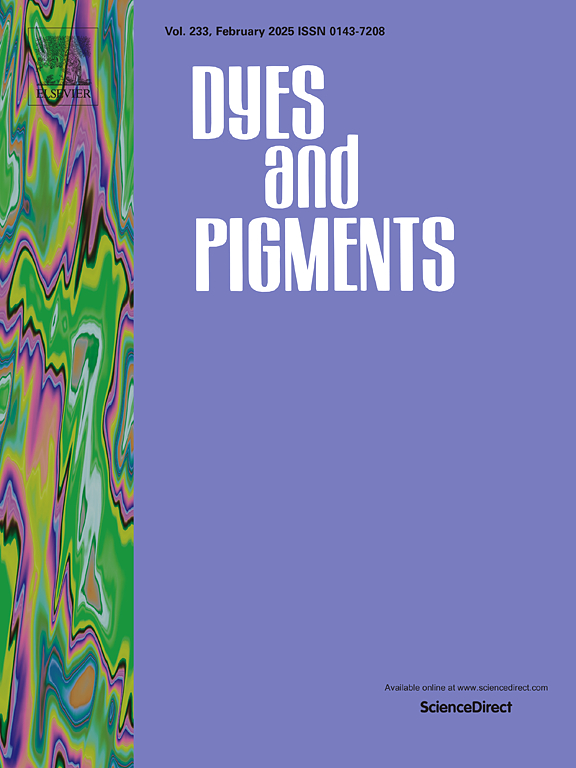Recent advances in fluorescent probes for bioimaging lipid droplets associated diseases
IF 4.1
3区 工程技术
Q2 CHEMISTRY, APPLIED
引用次数: 0
Abstract
Lipid droplets (LDs) are essential intracellular lipid storage depots, playing critical roles in various physiological and pathological processes. LD-related diseases, such as fatty liver disease, atherosclerosis, and cancer, are increasingly becoming global health concerns. Developing powerful tools for imaging LDs is crucial for understanding the mechanisms of these diseases and for developing effective diagnostic and therapeutic strategies. In recent years, organic small-molecule fluorescent probes have gained widespread application in LD imaging due to their simple structure, ease of operation, and good biocompatibility. This review summarizes recent advances in organic small-molecule fluorescent probes for bioimaging LD-related diseases, focusing on design strategies, optical properties, biological applications, and current challenges. Furthermore, we discuss future directions in this field, including the development of novel probes with higher specificity, sensitivity, in vivo stability, and deep tissue penetration capabilities. It is anticipated that with continuous improvements in probe design strategies and synthetic techniques, organic small-molecule fluorescent probes will play an increasingly important role in LD research.
脂滴相关疾病荧光探针生物成像研究进展
脂滴(LDs)是细胞内重要的脂质储存库,在各种生理和病理过程中发挥着关键作用。与脂滴相关的疾病,如脂肪肝、动脉粥样硬化和癌症,正日益成为全球关注的健康问题。开发强大的 LDs 成像工具对于了解这些疾病的发病机制以及制定有效的诊断和治疗策略至关重要。近年来,有机小分子荧光探针因其结构简单、操作方便和良好的生物相容性,在 LD 成像中得到了广泛应用。本综述总结了用于 LD 相关疾病生物成像的有机小分子荧光探针的最新进展,重点介绍了设计策略、光学特性、生物应用以及当前面临的挑战。此外,我们还讨论了这一领域的未来发展方向,包括开发特异性更强、灵敏度更高、体内稳定性更强、组织穿透能力更深的新型探针。预计随着探针设计策略和合成技术的不断改进,有机小分子荧光探针将在 LD 研究中发挥越来越重要的作用。
本文章由计算机程序翻译,如有差异,请以英文原文为准。
求助全文
约1分钟内获得全文
求助全文
来源期刊

Dyes and Pigments
工程技术-材料科学:纺织
CiteScore
8.20
自引率
13.30%
发文量
933
审稿时长
33 days
期刊介绍:
Dyes and Pigments covers the scientific and technical aspects of the chemistry and physics of dyes, pigments and their intermediates. Emphasis is placed on the properties of the colouring matters themselves rather than on their applications or the system in which they may be applied.
Thus the journal accepts research and review papers on the synthesis of dyes, pigments and intermediates, their physical or chemical properties, e.g. spectroscopic, surface, solution or solid state characteristics, the physical aspects of their preparation, e.g. precipitation, nucleation and growth, crystal formation, liquid crystalline characteristics, their photochemical, ecological or biological properties and the relationship between colour and chemical constitution. However, papers are considered which deal with the more fundamental aspects of colourant application and of the interactions of colourants with substrates or media.
The journal will interest a wide variety of workers in a range of disciplines whose work involves dyes, pigments and their intermediates, and provides a platform for investigators with common interests but diverse fields of activity such as cosmetics, reprographics, dye and pigment synthesis, medical research, polymers, etc.
 求助内容:
求助内容: 应助结果提醒方式:
应助结果提醒方式:


